Indigenous Governance Database
Governance
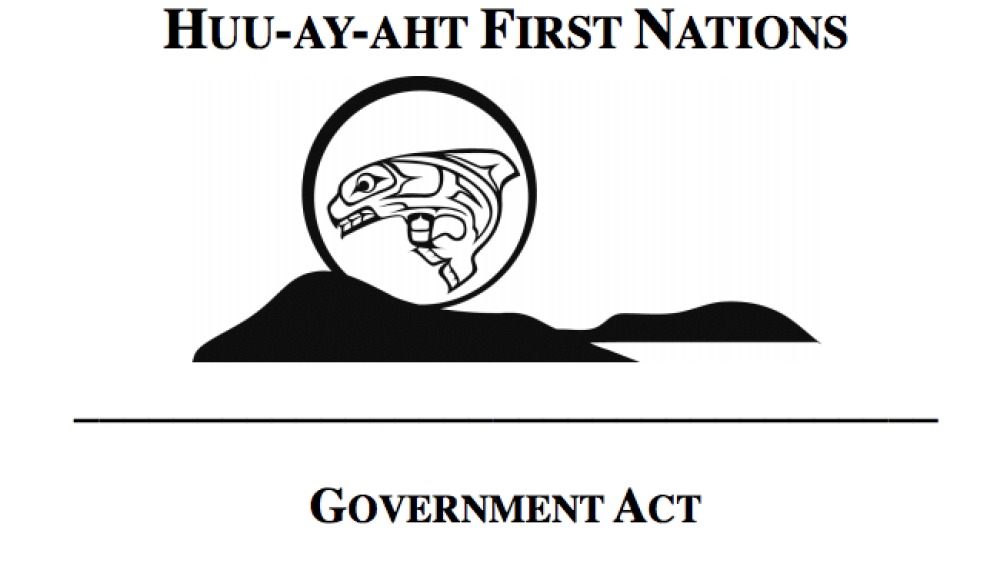
Huu-ay-aht First Nations Government Act
The Government Act sets out the legal framework for the Huu-ay-aht government which includes the following branches: the Legislature, Executive Council, the Ha’wiih Council, and the People’s Assembly.
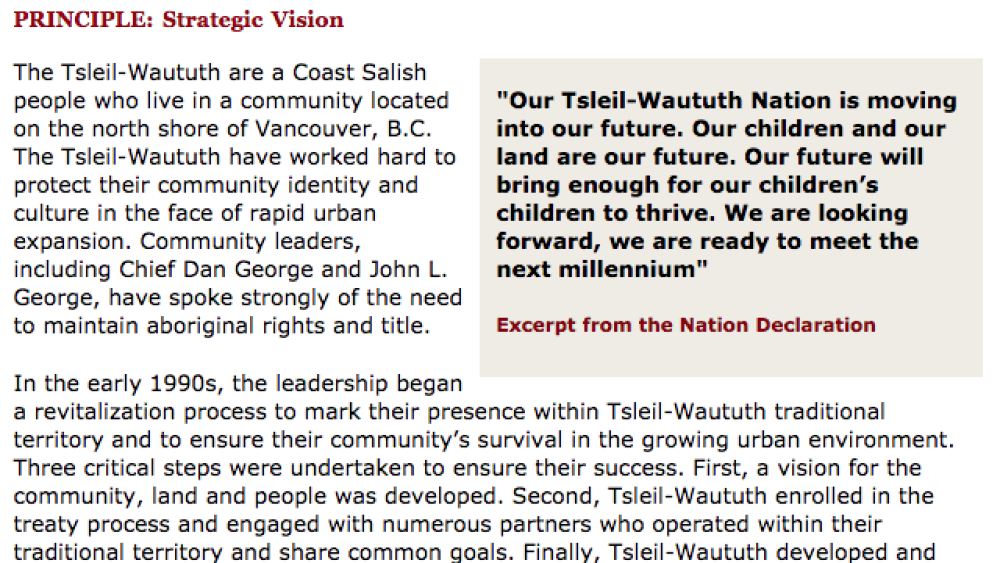
Best Practices Case Study (Strategic Vision): Tsleil-Waututh Nation
The Tsleil-Waututh are a Coast Salish people who live in a community located on the north shore of Vancouver, B.C. The Tsleil-Waututh have worked hard to protect their community identity and culture in the face of rapid urban expansion. Community leaders, including Chief Dan George and John L.…
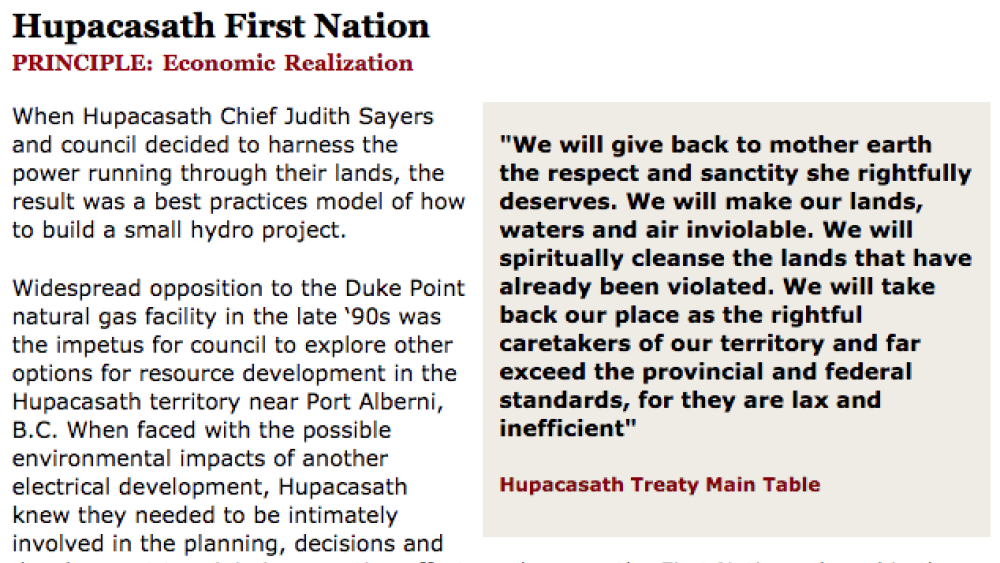
Best Practices Case Study (Economic Realization): Hupacasath First Nation
When Hupacasath Chief Judith Sayers and the council decided to harness the power running through their lands, the result was a best practices model of how to build a small hydro project. Widespread opposition to the Duke Point natural gas facility in the late '90s was the impetus for the council to…
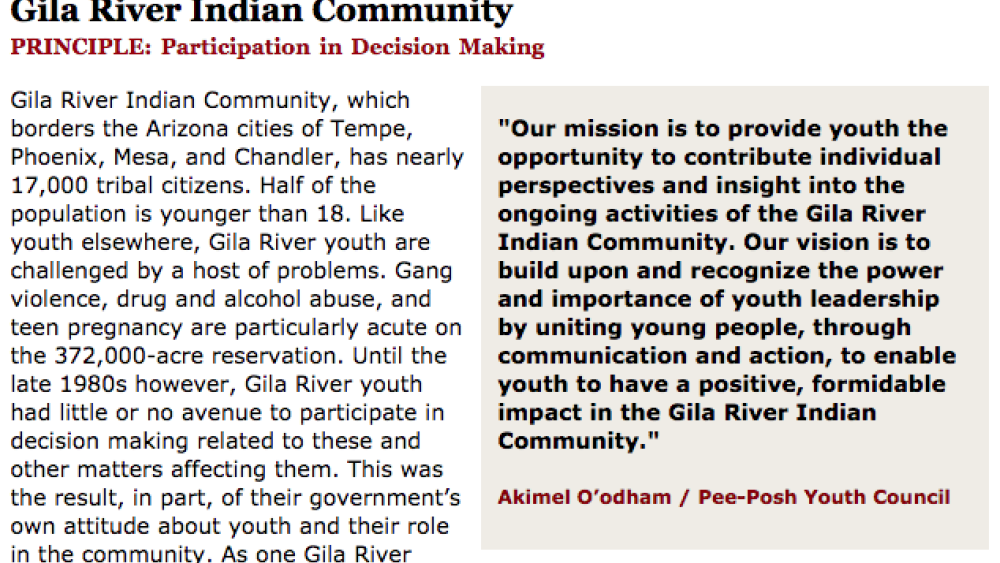
Best Practices Case Study (Participation in Decision Making): Gila River Indian Community
Gila River Indian Community, which borders the Arizona cities of Tempe, Phoenix, Mesa, and Chandler, has nearly 17,000 tribal citizens. Half of the population is younger than 18. Like youth elsewhere, Gila River youth are challenged by a host of problems. Gang violence, drug and alcohol abuse, and…
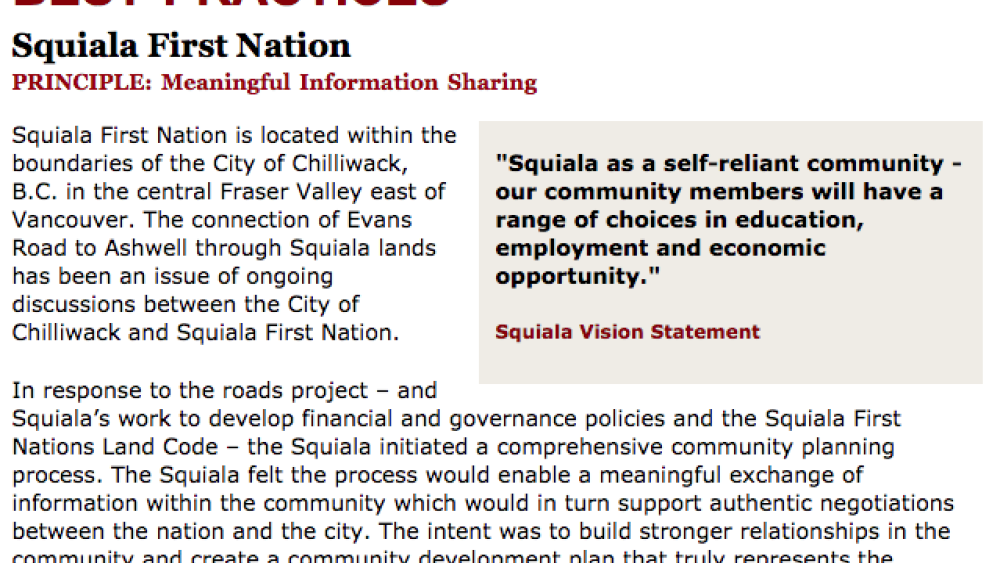
Best Practices Case Study (Meaningful Information Sharing): Squiala First Nation
Squiala First Nation is located within the boundaries of the City of Chilliwack, B.C. in the central Fraser Valley east of Vancouver. The connection of Evans Road to Ashwell through Squiala lands has been an issue of ongoing discussions between the City of Chilliwack and Squiala First Nation. In…
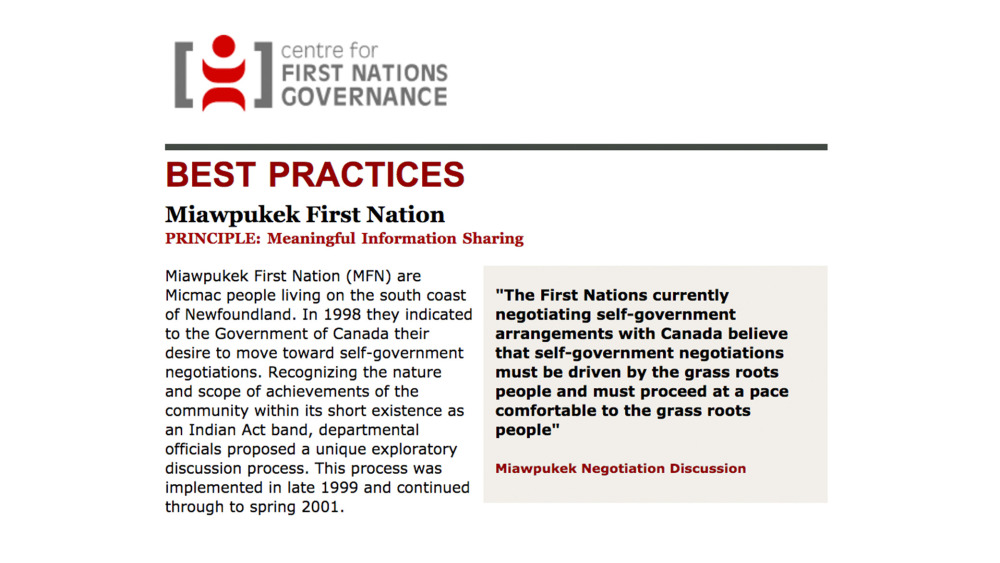
Best Practices Case Study (Meaningful Information Sharing): Miawpukek First Nation
Miawpukek First Nation (MFN) are Micmac people living on the south coast of Newfoundland. In 1998 they indicated to the Government of Canada their desire to move toward self-government negotiations. Recognizing the nature and scope of achievements of the community within its short existence as an…
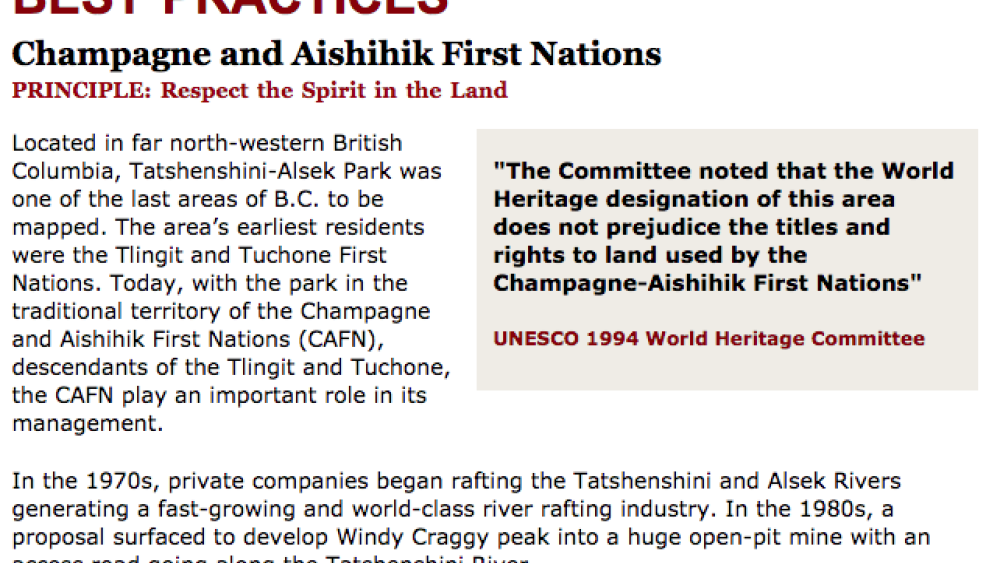
Best Practices Case Study (Respect the Spirit in the Land): Champagne and Aishihik First Nations
Located in far north-western British Columbia, Tatshenshini-Alsek Park was one of the last areas of B.C. to be mapped. The area's earliest residents were the Tlingit and Tuchone First Nations. Today, with the park in the traditional territory of the Champagne and Aishihik First Nations (CAFN),…
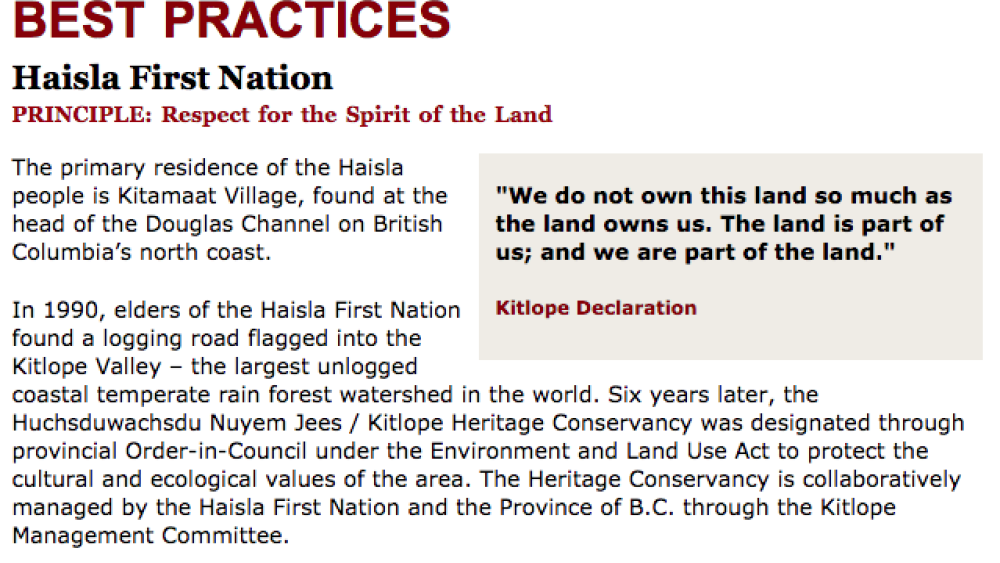
Best Practices Case Study (Respect the Spirit in the Land): Haisla First Nation
The primary residence of the Haisla people is Kitamaat Village, found at the head of the Douglas Channel on British Columbia's north coast. In 1990, elders of the Haisla First Nation found a logging road flagged into the Kitlope Valley -- the largest unlogged coastal temperate rainforest watershed…
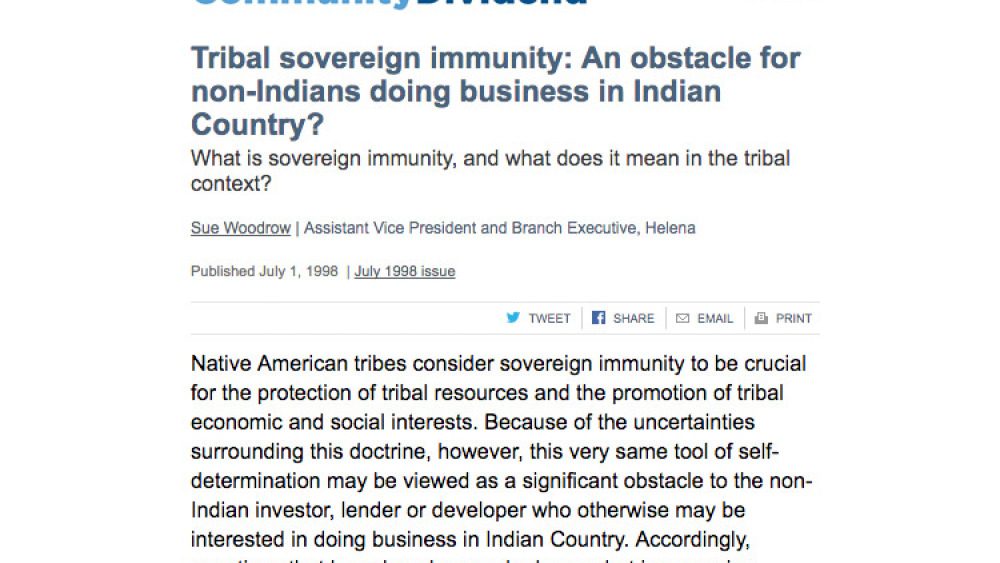
Tribal sovereign immunity: An obstacle for non-Indians doing business in Indian Country?
Native American tribes consider sovereign immunity to be crucial for the protection of tribal resources and the promotion of tribal economic and social interests. Because of the uncertainties surrounding this doctrine, however, this very same tool of self-determination may be viewed as a…

Waiving Goodbye to Tribal Sovereign Immunity?
Tribal sovereign immunity, the legal principle that Indian tribal governments, like other sovereigns may not be sued without their own consent, is under a full frontal attack...Unless Indian Country reacts to such scathing judicial indictments through more strategically thought out assertions of…
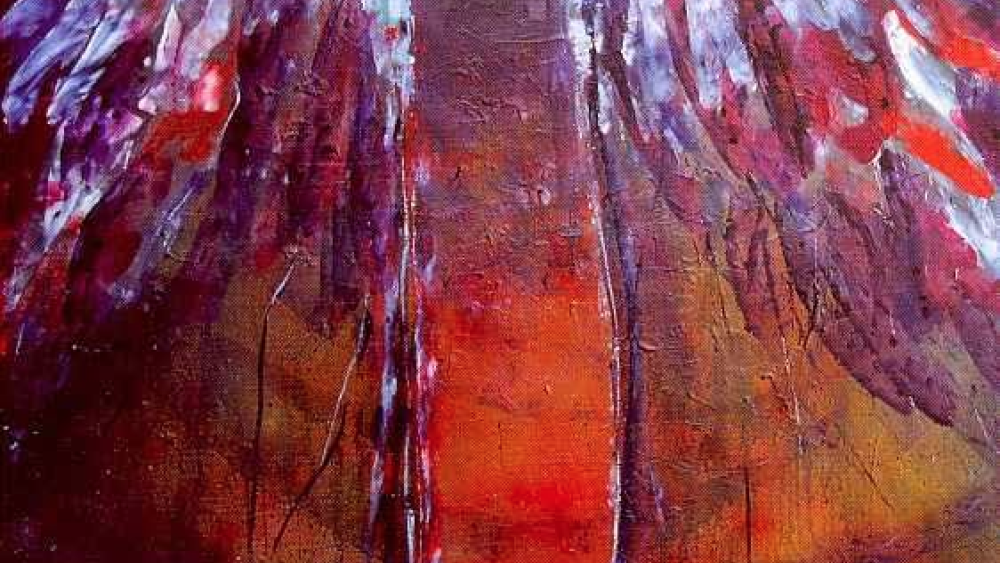
New Book Provides a Guide for Understanding Native Nation Building
Rebuilding Native Nations: Strategies for Governance and Development explores the quiet revolution that is underway among the Indigenous nations in North America. Native peoples are reclaiming their right to govern themselves and shape their future according to their own diverse and innovative…
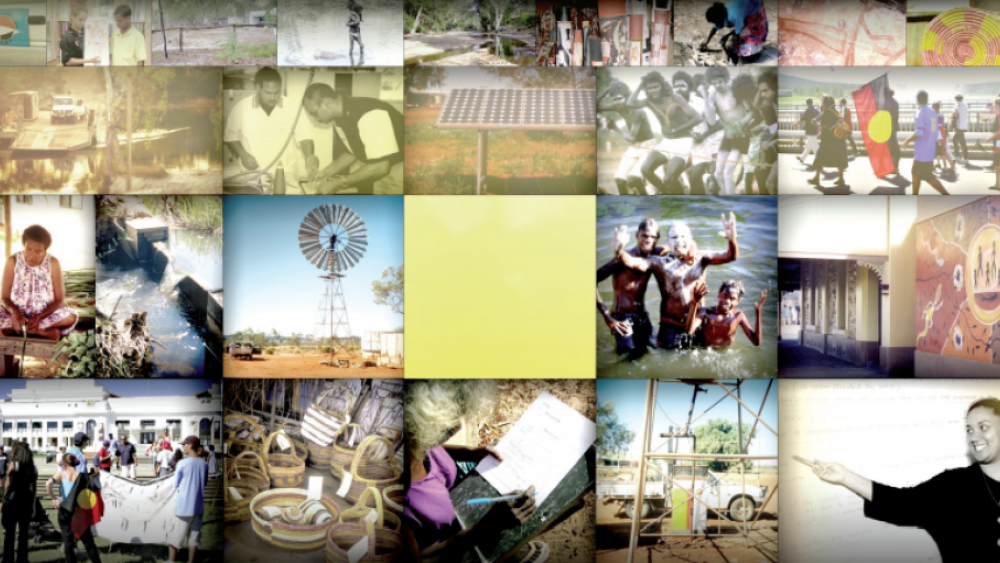
From Gove to Governance: Reshaping Indigenous Governance in the Northern Territory
This paper attempts to identify the key challenges facing Indigenous people and governments in reshaping the architecture of Indigenous governance in the Northern Territory of Australia, and considers some strategic options for a way forward. First, a brief historical background is provided to…

Like An Ill-Fitting Boot: Government, Governance and Management Systems in the Contemporary Indian Act
Few people are satisfied with the Indian Act, but no one will deny its importance. For the individuals to whom it applies, the Act is a basic and specific constitutional document. It defines their rights and entitlements, their citizenship and their relationship to the federal and provincial…
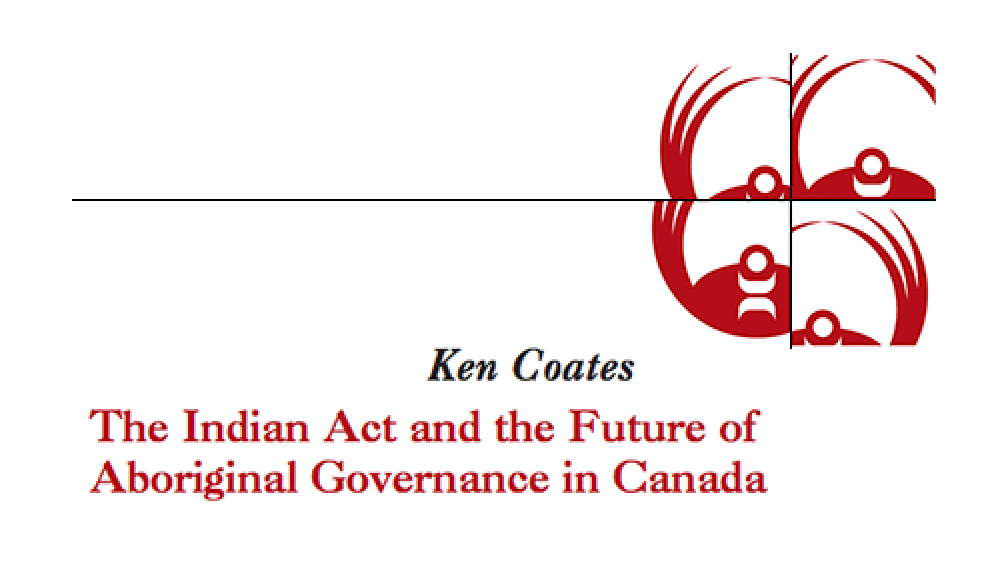
The Indian Act and the Future of the Aboriginal Governance in Canada
The Indian Act is no longer an uncontestable part of the Aboriginal landscape in Canada. For decades, this controversial and intrusive piece of federal legislation governed almost all aspects of Aboriginal life, from the nature of band governance and land tenure systems to restrictions on…
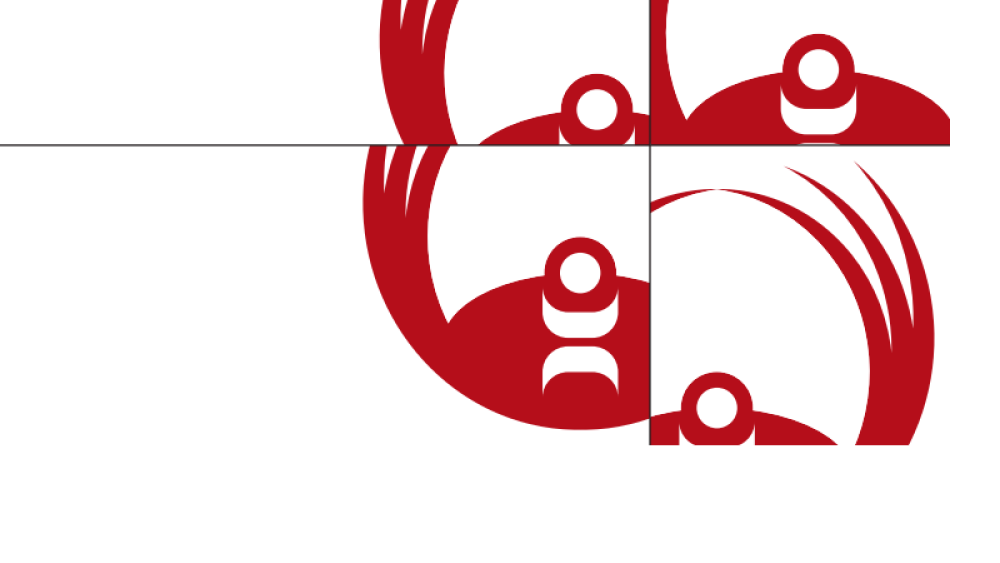
The Governance and Fiscal Environment of First Nations' Fiscal Intergovernmental Relations in Comparative Perspectives
This paper examines the Canadian Aboriginal fiscal inter-governmental system by comparing it to other countries, and also focuses on the key characteristics of the Canadian system. Over the last 20 years governments have decentralized power and responsibilities in response to an increasingly…
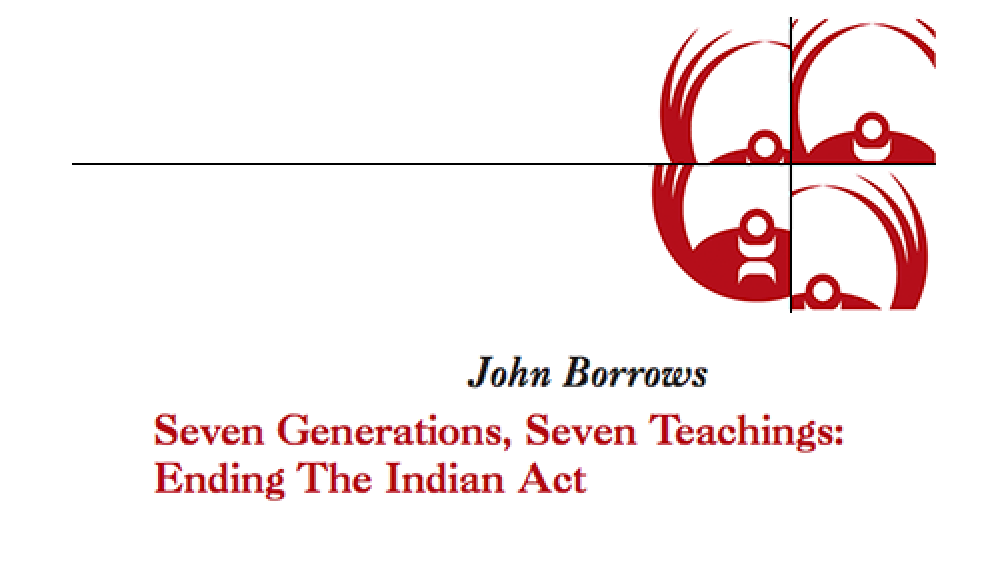
Seven Generations, Seven Teachings: Ending the Indian Act
Six generations have passed since the Indian Act was introduced and the seventh generation, now rising, will be healthier and our communities will enjoy more freedom if we assist them in getting rid of the Indian Act. Communities and the next generation can overcome the Indian Act’s hold over all…
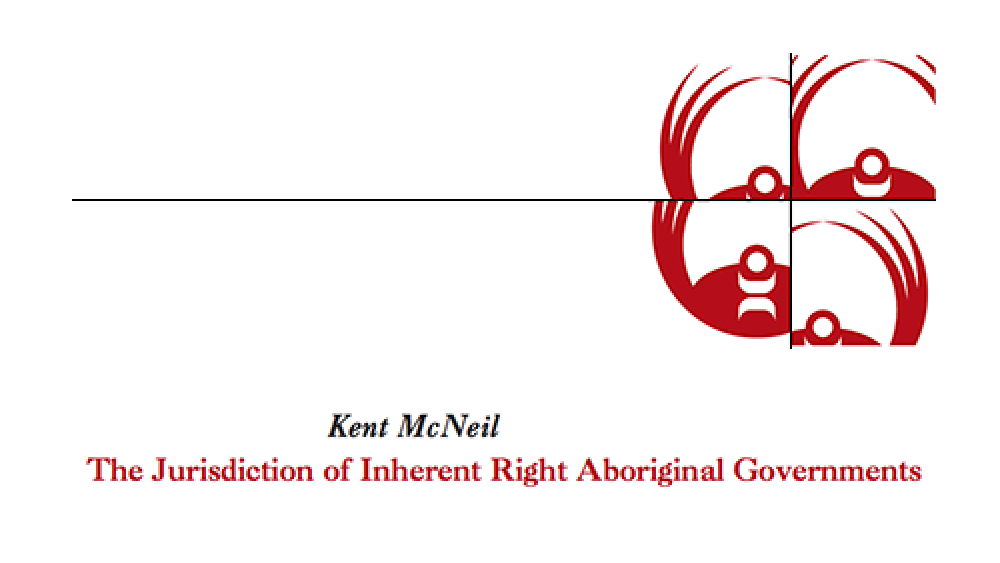
The Jurisdiction of Inherent Right Aboriginal Governments
Since the recognition of Aboriginal and treaty rights in Canada by section 35(1) of the Constitution Act, 1982, the inherent right of the Aboriginal peoples to govern themselves has become a generally accepted aspect of Canadian constitutional law. But what is the scope of the governmental…
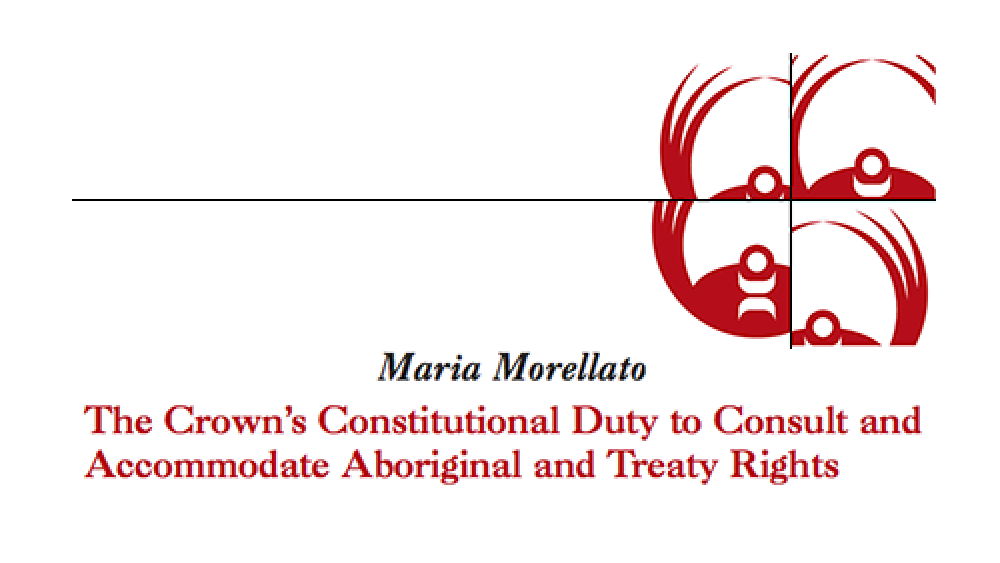
The Crown's Constitutional Duty to Consult and Accomodate Aboriginal and Treaty Rights
The Crown’s duty to consult and accommodate Aboriginal and treaty rights is a fundamental matter of social justice that invokes very solemn legal obligations. Reconciliation and win-win situations can be achieved with good faith negotiations if the federal and provincial Crown immediately…
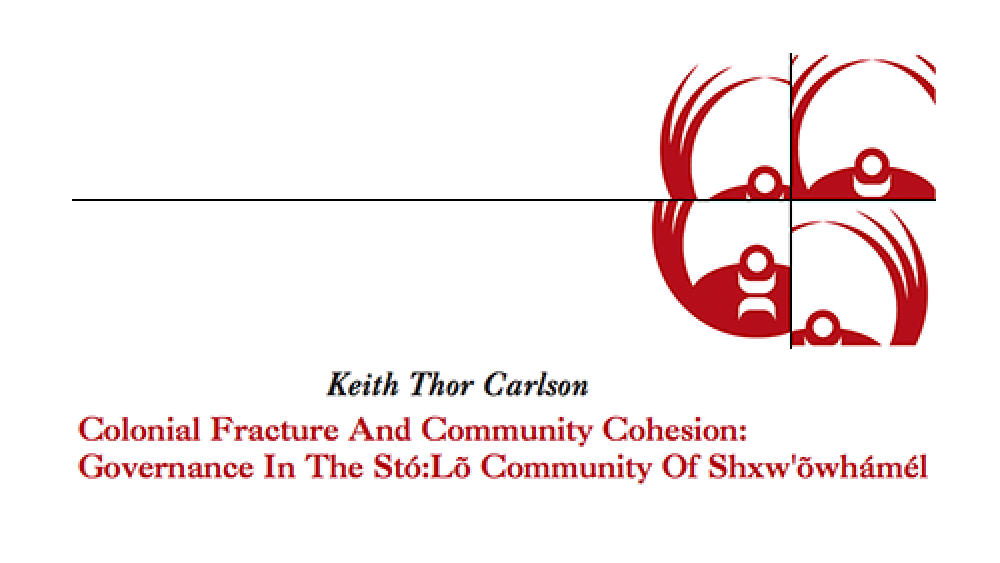
Colonial Fracture And Community Cohesion: Governance In The Stó:Lõ Community Of Shxw'õwhámél
This paper has three goals: 1) To briefly outline the process through which Shxw’õwhámél came to adopt the Siyá:m System in 1994; 2) to highlight certain concerns about the limitations of that system as articulated by community members in 2006; and 3) to provide a detailed discussion of those…
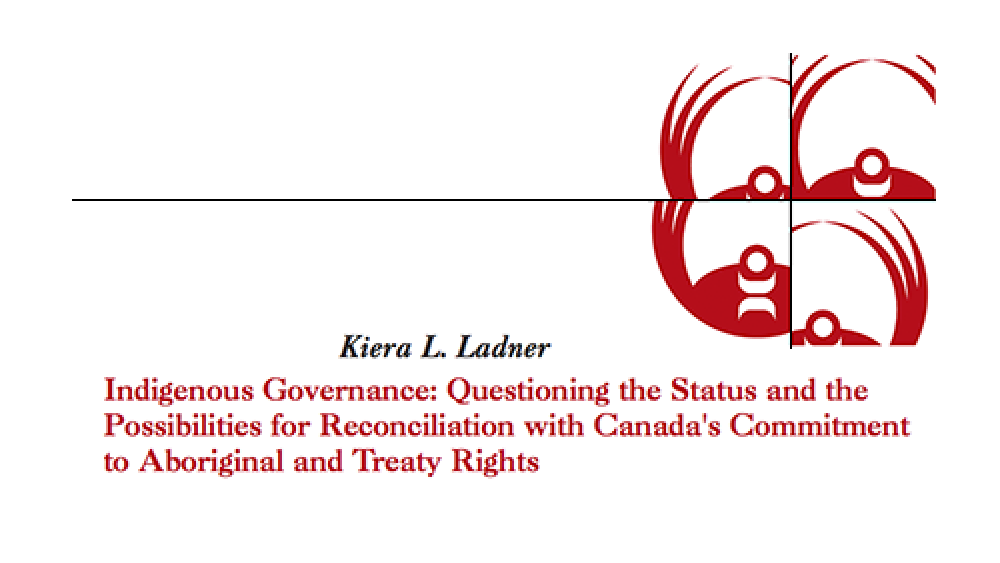
Indigenous Governance: Questioning the Status and the Possibilities for Reconciliation with Canada's Commitment to Aboriginal and Treaty Rights
Indigenous peoples have always had governance. This fact has been a matter of great debate among Canadian politicians and scholars for many years, but there is little doubt that Indigenous Nations had developed for themselves complex systems of government prior to colonization. The important…
